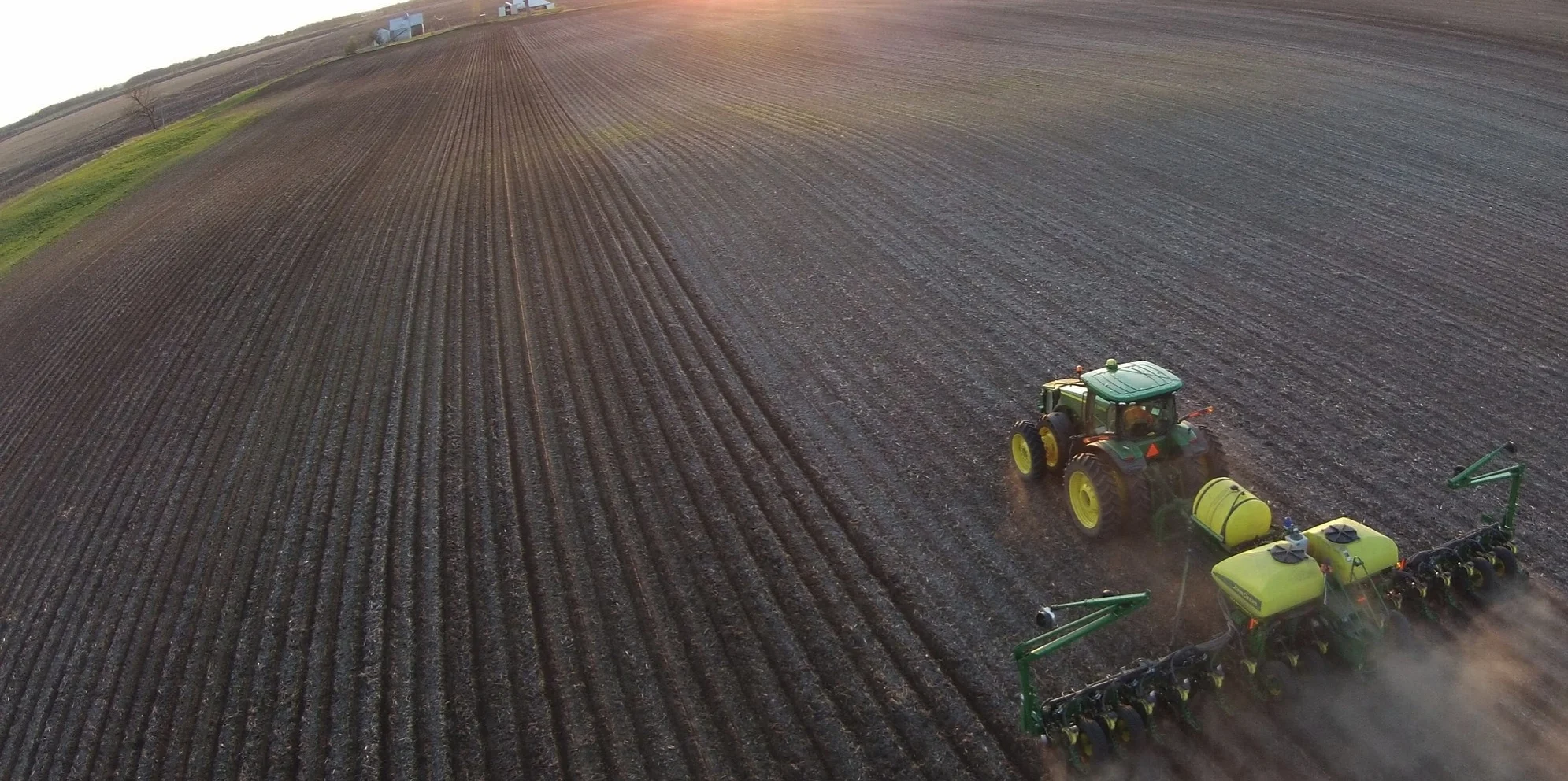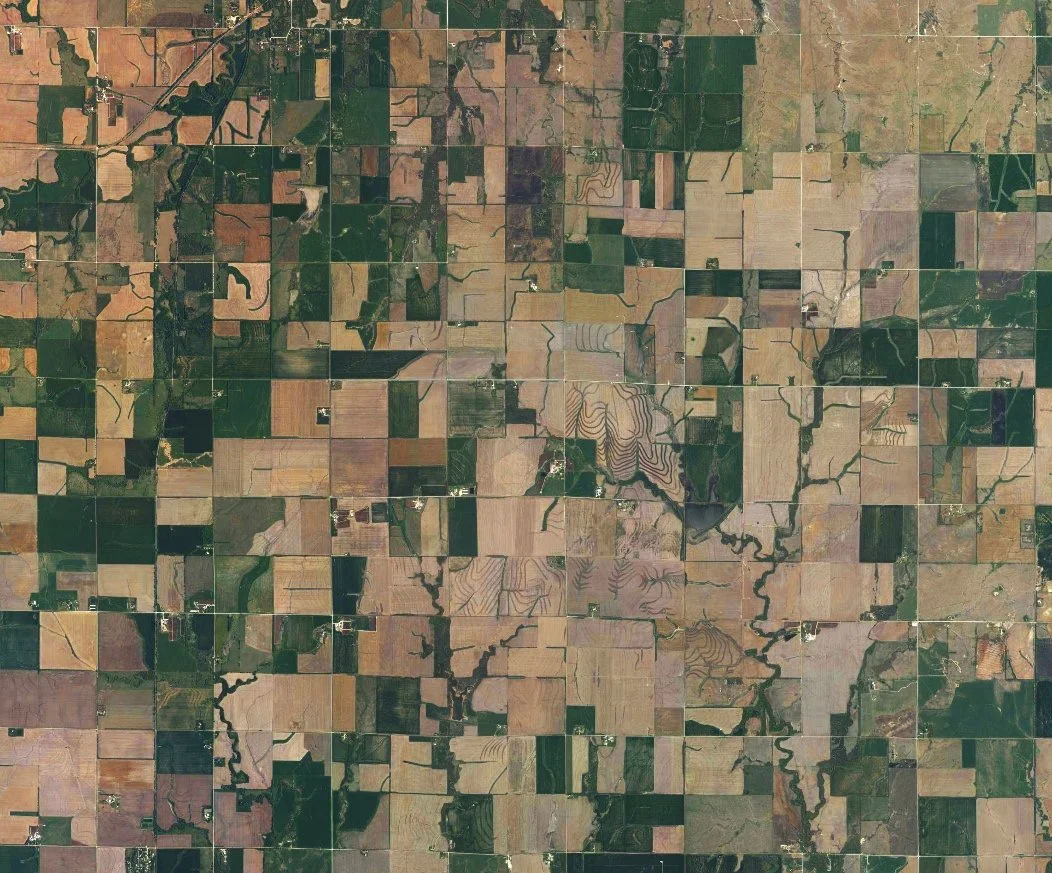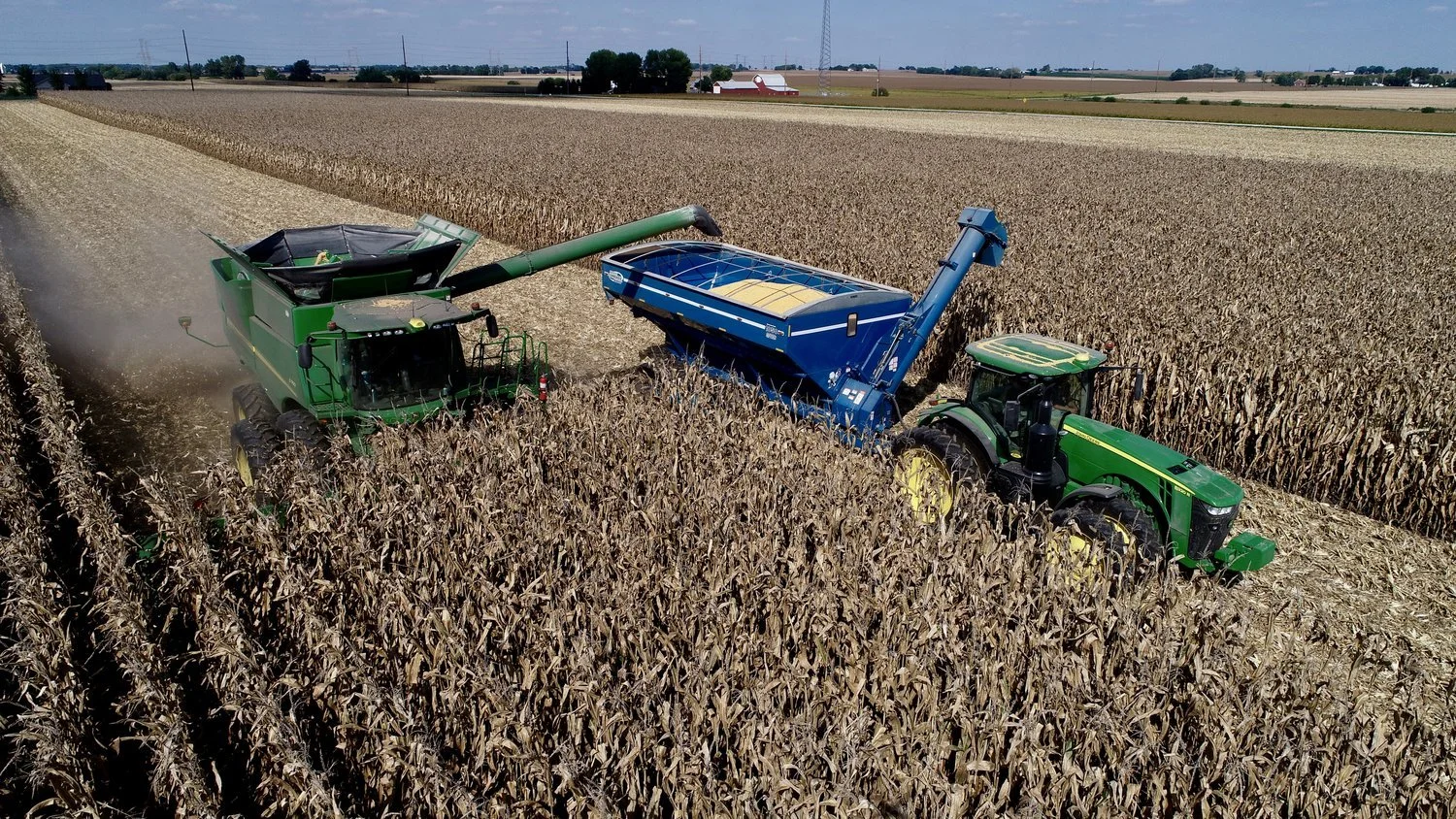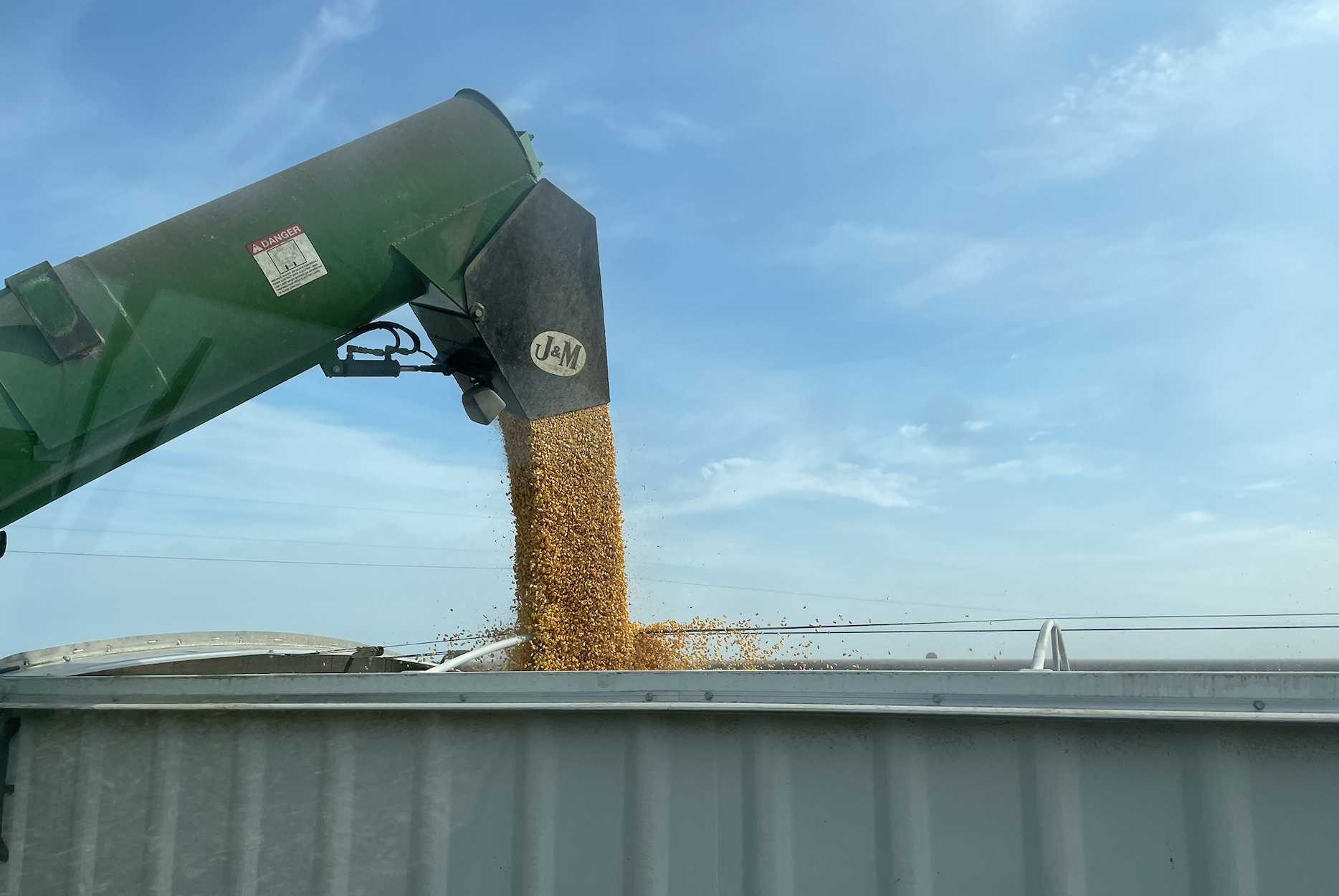Who Should Control the Carbon Farming Marketplace?
/We are starting to see some opportunities for farmers to get paid for sequestering carbon and reducing greenhouse gas emissions (GHGs). Payment can come in different forms, grants for farmstead improvements, cash per acre where certain ways of farming are practiced, or premiums for products grown or raised a certain way. What I am most interested in are the opportunities for the farmer to get paid for raising livestock or growing crops a certain “climate-friendly” way, and this is what I think of as the carbon farming marketplace. The question this article asks is who, if anyone, should control the framework around the agriculture’s carbon market. Let’s examine the possibilities from laissiz faire to complete state control.
Private Industry.The capitalist ideal is to let the market manage itself. If left on its own, the carbon market will develop organically through free-market channels. For example, consumers who want “climate-friendly milk” could lead a milk processor to require its dairy farmers to adopt certain climate-friendly practices, such as installing solar panels on milking parlors. (Spoiler alert—this is already happening). Presumably, consumers will pay a premium for the climate-friendly milk and a portion of that premium will trickle down to the dairy farmer to offset any increased production costs.
The downside I see to this free-market approach is that “climate-friendly” definitions will be established by marketing departments at food processors. Climate-friendly could mean anything. One company’s climate-friendly milk may have a net GHG reduction drastically different than another’s. There is no check on this system—no third party that verifies that “climate-friendly” really means reducing the milk’s carbon footprint.
Third-Party, Industry-Led Consortium. A different approach requires private industry to work together, as a consortium, to establish protocols for climate-friendly farming. If all dairy processors can agree on an established protocols for producing “climate-friendly milk,” any farmer can choose to meet those standards or not. The consortium can also be the market-maker, establishing the price to pay any farmer choosing to meet the standard based upon the number of payers into the system.
This approach creates a fair carbon market—a level playing field for all participants. The downside to this sort of industry-led consortium is that it brings anti-trust complications. Whenever competitors work together, they must avoid collusion and price fixing.
Farm Cooperatives. Farmers could work together in cooperatives to bundle their collective production practices and sell “climate-friendly” products to processors. For example, 100 wheat farmers could collectively bundle their production data with their wheat harvests to sell a baking company grain that is carbon neutral, allowing the baker to add a “climate friendly” label on loaves of bread. Money paid to the cooperative for climate-friendly practices would be returned to its farmer-members.
The downside here is that it requires a lot of organization by farmers prior to delivering any results. Farmers would need to collect data, organize a cooperative, establish protocols they think buyers want, then market those raw products to processors. That is a mountain to climb.
Government. State or federal governments could create their own, centralized carbon market. For example, California could tax egg sales at $0.05/dozen and then give farmers who commit to raising “carbon-neutral” eggs a subsidy of $0.04/dozen. In this scenario, California would be creating its own carbon marketplace, open to farmers inside and outside of California.
The federal government could do the same with a national approach. This may seem like a long-shot, but since the Great Depression the federal government has paid farmers to adopt conservation practices. Some presidential hopefuls have already suggested tying federal farm subsidies to adoption or maintenance of climate-friendly farming practices.
Still, its hard to imagine farmers getting excited about a government led approach to carbon markets. Government involvement adds a layer of bureaucracy--part of that $0.05/dozen eggs would likely go to pay for program oversight and not back to the egg farmers.
Like it or not, carbon markets are coming to the farm. Which approach do you think would best serve America’s farmers?













